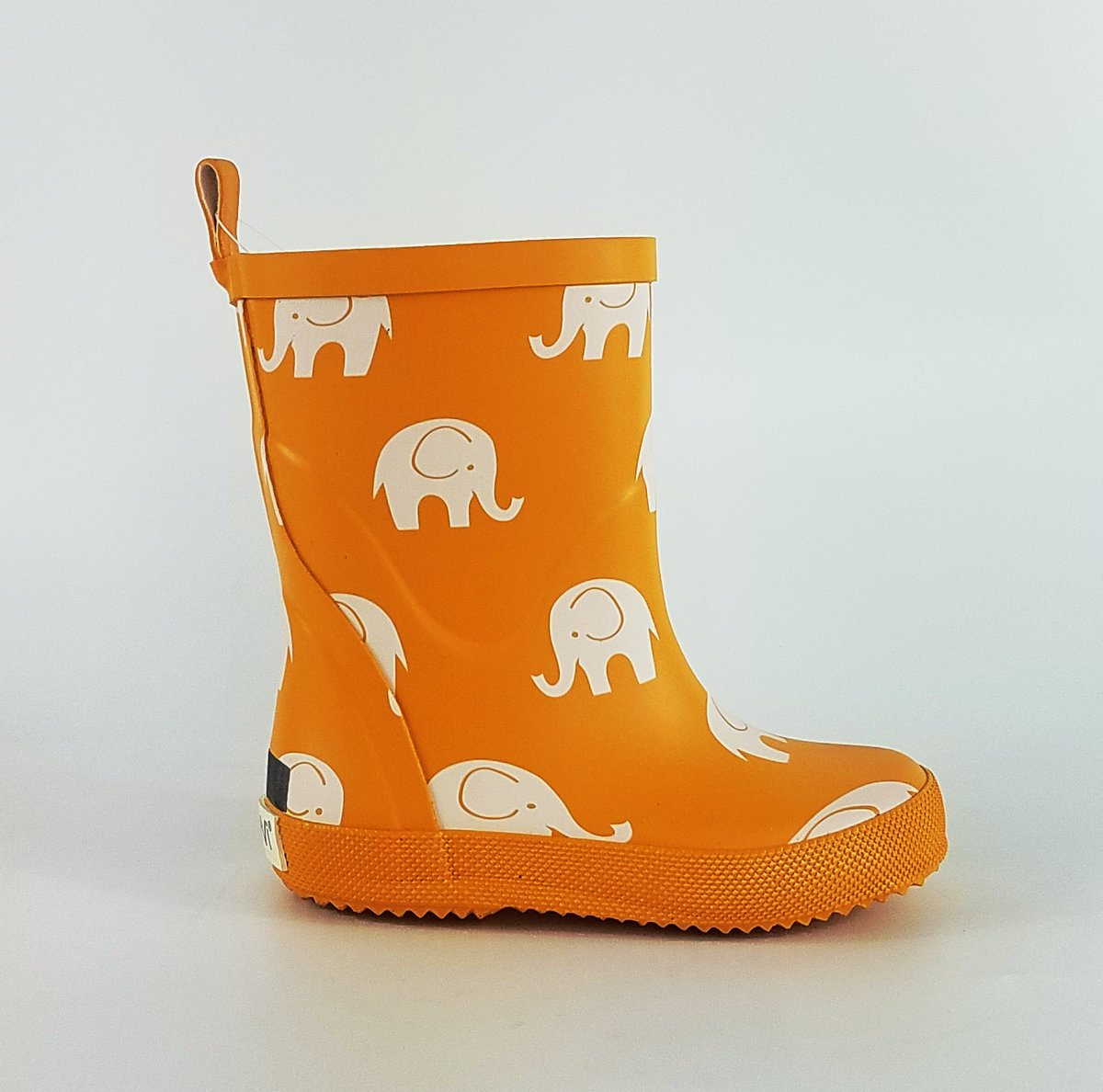The Evolution of Sports Shoes Technology Enhancing Performance and Comfort
In the world of sports, the equipment plays a crucial role in performance, and one of the most vital pieces of equipment is undoubtedly the footwear. The journey of sports shoes technology has witnessed tremendous advancements over the years, paralleling innovations in materials, design, and functionality. From the humble origins of running shoes to today's high-tech performance footwear, each evolution not only enhances athletic performance but also provides unprecedented comfort and support for athletes.
Historical Background
The evolution of sports shoes can be traced back to the early 19th century when basic leather shoes were designed for sports and leisure activities. The introduction of rubber soles in the late 1800s marked a significant turning point, allowing shoes to provide better grip and cushioning. The groundbreaking year 1960 saw the first track shoes that utilized nylon and innovative cushioning technologies, setting the stage for future developments.
Advancements in Material Technology
One of the most significant areas of innovation in sports shoes technology is the materials used in their construction. Traditional materials like leather and canvas have largely been replaced by synthetic materials that offer significant performance benefits. For example, modern sports shoes frequently use breathable mesh fabrics that provide ventilation, keeping the feet cool and dry during intense workouts.
Additionally, advancements in polymer science have led to the creation of lightweight yet durable materials, such as EVA (ethylene-vinyl acetate) and TPU (thermoplastic polyurethane). These materials not only reduce the overall weight of the shoes, allowing athletes to move more freely, but also enhance shock absorption and energy return. This is particularly crucial in high-impact sports, where the right cushioning can prevent injuries and improve performance.
Cushioning Technologies
Cushioning technologies have revolutionized how athletes experience their shoes. Brands like Nike, Adidas, and Asics have developed proprietary technologies that focus on shock absorption and energy return. Nike's Zoom Air, for instance, utilizes pressurized air units that compress upon impact and then spring back to provide superior responsiveness. Similarly, Adidas employs its Boost technology, which consists of thousands of small energy capsules that not only provide comfort but also deliver explosive energy during performance.
Moreover, brands have begun to incorporate adaptive cushioning systems that adjust to the athlete's unique running style and foot strike. These innovations ensure that each individual can benefit from the support they need, reducing the risk of injury and improving overall performance.
sports shoes technology

Design and Customization
The aesthetic appeal of sports shoes is more important than ever, as athletes and casual users alike seek footwear that resonates with their style. Many brands now offer customizable options, allowing consumers to select colors, materials, and even performance characteristics suited to their needs. This not only enhances personal expression but also ensures that users have shoes that fit perfectly and cater to their specific athletic requirements.
Furthermore, advancements in 3D printing technology are on the rise, enabling shoes to be produced with intricate designs and tailored fits. This means athletes can have footwear designed specifically for their foot shape and unique biomechanics, creating an unparalleled fit and enhancing both comfort and performance on the field or track.
The Role of Data and Analytics
With the advent of wearable technology, data and analytics are playing increasingly significant roles in the development of sports shoes. Companies are utilizing data collected from athletes to analyze their gait, foot strike patterns, and pressure points during movement. This information allows brands to create footwear that not only enhances performance but also reduces the risk of injuries by addressing individual biomechanical needs.
Sustainability in Sports Shoes Technology
As the world becomes more environmentally conscious, shoe manufacturers are stepping up their sustainability efforts. Innovations in eco-friendly materials, such as recycled plastics and biodegradable compounds, are being incorporated into production processes. Brands like Nike and Adidas are leading the charge, introducing programs aimed at recycling old shoes and minimizing waste. These efforts not only create better products but also resonate with consumers who value sustainability.
Conclusion
The journey of sports shoes technology showcases an impressive blend of innovation, performance, and style. From improvements in materials and cushioning to the advent of data analytics and sustainable practices, the evolution of sports shoes continues to profoundly impact athletes' performance and overall experience. As technology advances, we can only anticipate even more exciting developments on the horizon, shaping the future of athletic footwear to help athletes push their limits and achieve greatness.
-
Stay Dry in Any Condition with WadersNewsJul.17,2025
-
Elite Performance with Camouflage Combat BootsNewsJul.17,2025
-
Dry and Comfortable with Green Rubber Garden ShoesNewsJul.17,2025
-
Convenient Protection with Foldable RainbootsNewsJul.17,2025
-
Comfort and Protection with Neoprene Work BootsNewsJul.17,2025
-
Brighten Rainy Days with Floral Rain BootsNewsJul.17,2025
-
Safety Wellies: The Ultimate Combination of Protection, Comfort, and VisibilityNewsJun.19,2025











